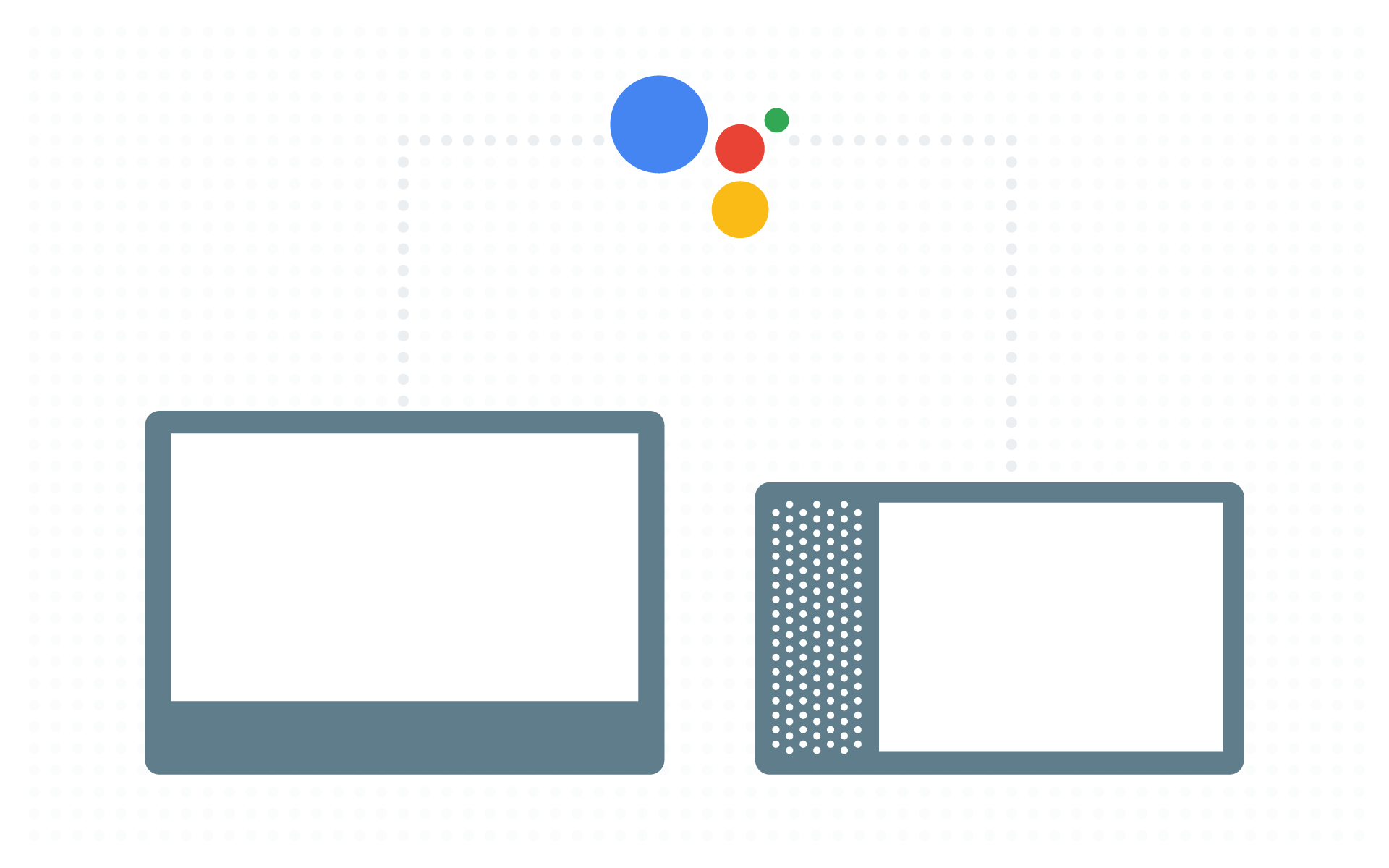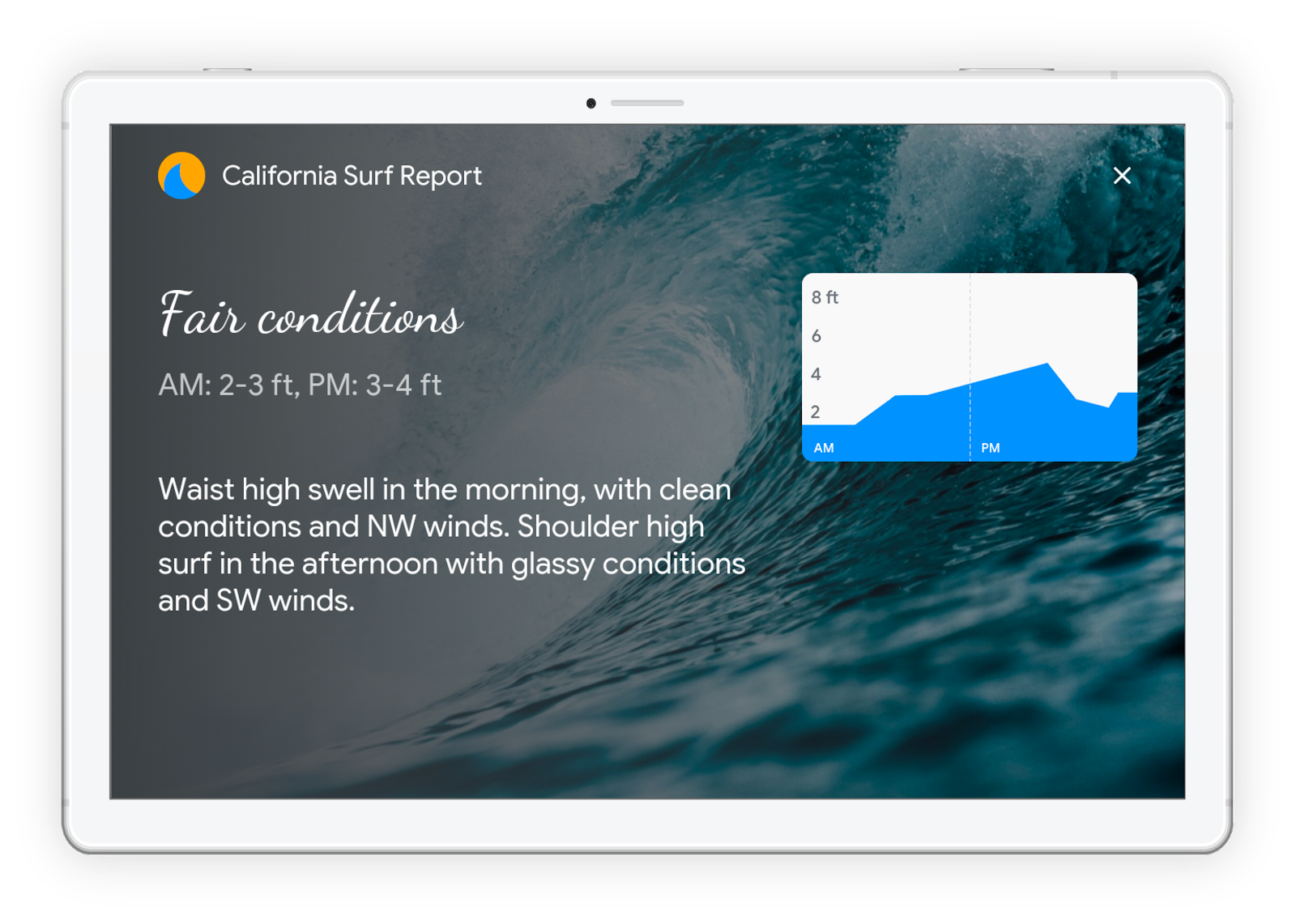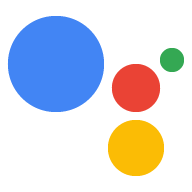AI-generated Key Takeaways
-
Smart Displays are visual-forward devices for users' homes.
-
You can build rich, visual interactions for Actions on Smart Displays using various components and custom themes.
-
Design your rich responses to primarily support voice invocation on Smart Displays.
-
Use rich responses and theme customization to best utilize the screen and consider media responses for media playback if the device supports it.

Smart Displays bring visual-forward devices into users' home environments. Be a part of your users' daily routine, by creating an Action that helps with in-home productivity or entertainment, accompanied by rich visuals.
Build rich responses for Smart Displays
Actions on Google provides rich responses that are optimized for Smart Displays. You can build visual interactions for your Actions using components such as:
In addition, you can also create custom themes to more deeply customize your Action’s look and feel.
Modalities
Even if the device has a display, remember that the primary modality for users is voice-first. Make sure to design your rich responses specifically to support voice invocation.
To detect the availability of a screen and the input modality on a Smart Display, you can use the following code:
- Has screen:
if (conv.screen) - Uses voice modality:
if (conv.input.type === 'VOICE') - Uses touch modality:
if (conv.input.type === 'TOUCH') - Uses keyboard modality:
if (conv.input.type === 'KEYBOARD')
Tips & best practices
- Use rich responses and theme customization to make the most out of the screen.
If you're playing media, consider using media responses.
Think about the user's environment and how your Action can add to their home productivity.
Linking out to the web from smart displays is currently not supported.

